The scientific approach that Dr. Kageyama has displayed in his book reveals that when the physical composition of the (fish) eye itself is measured and subjected to very close scientific scrutiny, the chemicals contained within the eye are closely examined, and other tests are performed, the following facts (not theory) are revealed:
· With normal side to side motion that fish have, their vision is a 360° ball. That's right, they can see in front, back, and on both sides without any blind spots.
· Fish have additional cones in their eyes, which we do not have, which allow them to see into the ultraviolet wavelengths. If you have two colors of red and one of them florescent, humans may not be able to tell the difference. Fish can! The florescent red basically begins at the end of the visible (human) spectrum, beyond blue and ultraviolet. They also have a much more sensitive ability to pick up photoluminescence (glow-in-the-dark).
I'm not trying to steal Dr. Kageyama's information.
I would suggest that you read the book from cover to cover, over and over.
In the meantime, there's a way to allow you a better appreciation of what the fish see. A lot of displays, events, etc... feature black-light to create an eerie image of bright colors. The same can be achieved with an ultraviolet flashlight so that you can see what the fish see. It's a revolutionary concept that is already well ingrained into lures being designed for the Great Lakes. Those that have followed this path have created a dramatic impact on the market. For a very reasonable price, you can have this capability in your own hands. Take it with you before you purchase more fishing tackle. Wouldn't it be better to present to the fish what they can see, rather than what you can see?
At just under four inches long, this powerful little U.V. Black-light Flashlight from Tamiron Sporting Goods is small enough to fit in any anglers pocket, tackle box, or in my case, my "kit" of lures, blanks, tapes, and tools I use to customize baits to my liking.
Here's an example of UV tape and paint as seen with the U.V. Black-light.
The top photo is of two honeybee's taken in natural light.
The photo on the bottom is of the same two spoons, but was taken in low light conditions, photo flash "off", illumintated with the UV Black-light flashlight. What fish see in low light conditions!
I've added this great tool from Tamiron Sporting Goods to my arsenal, and if your looking to "get the edge", you should too!
Fish on, fish H8 me.


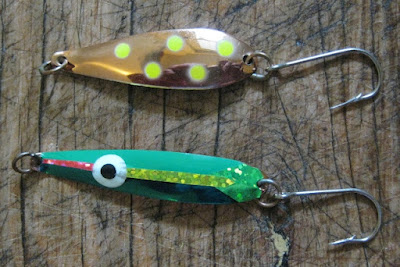


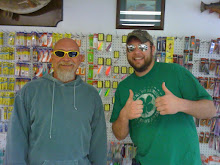

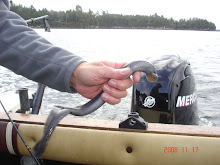
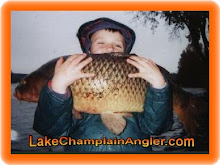.jpg)













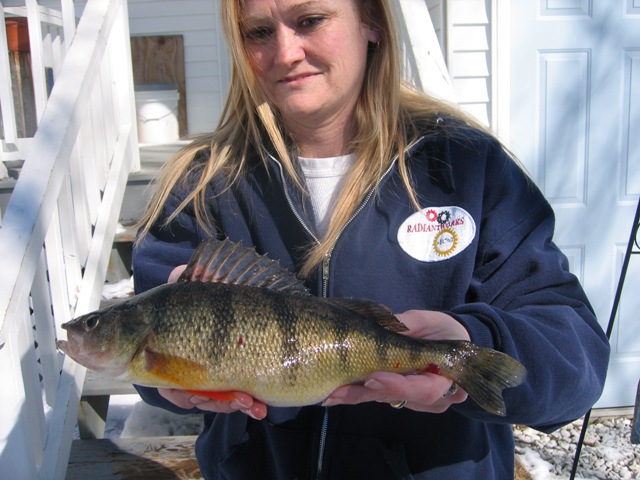
4 comments:
That's very interesting! I love the lures.
The Average Joe Fisherman
http://averagejoefisherman.blogspot.com/
I always knew fish had eyes in back of their heads
Thanks for Following my blog http://paddy-swift.blogspot.com/ I am just returning the compliment, Its great to read the story's from over the water, And i make a few lures and plugs for the Pike myself, So i might just use the same paterns as you have or similar as long as you dont mine, Oh by the way, I will also put a seperate link on my blog to your site, I know a lot of my freinds and followers will enjoy you blog, All the best to you and yours RD,
,,,Paddy,,,
Thanks For posting grate stuff like What fish see I love that kinda stuff and cant get anuff info on it
Post a Comment